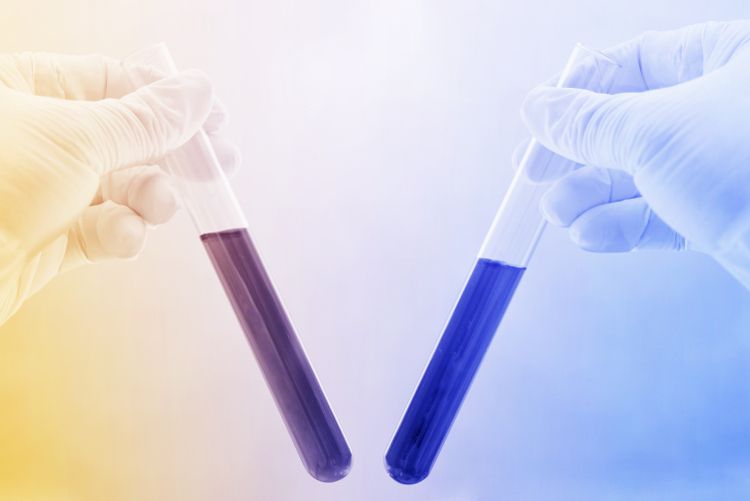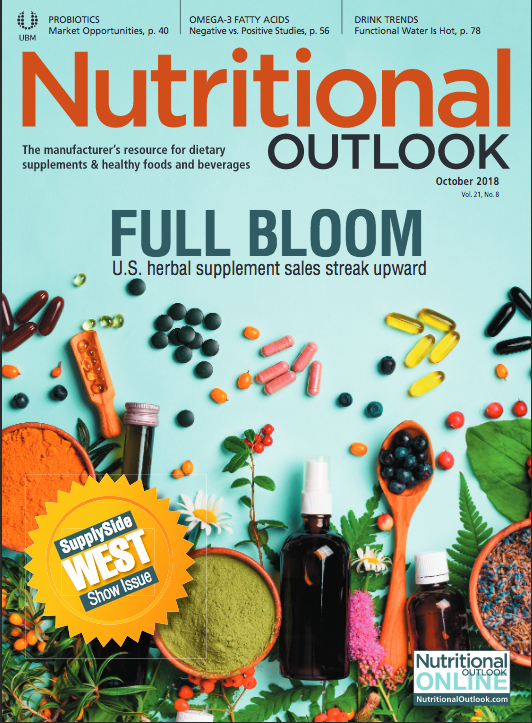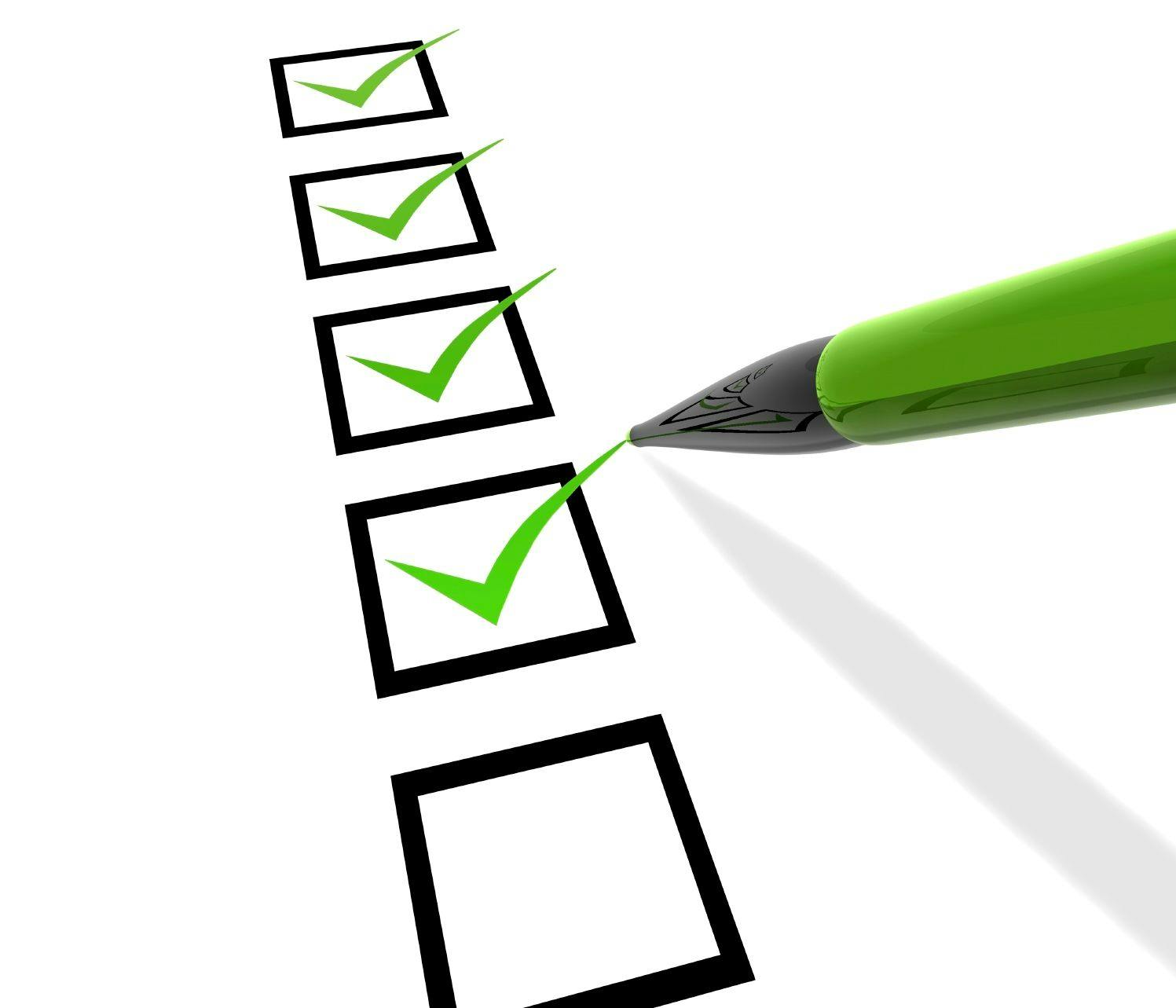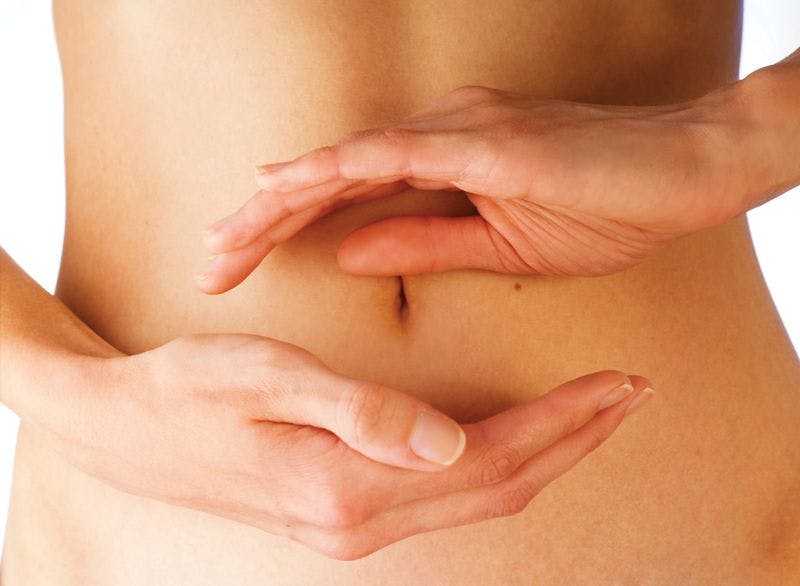Reference standards for dietary supplements are more important than ever to combat adulteration and fraud
Companies must still do their due diligence in evaluating reference standard suppliers, as they would elsewhere on the supply chain.
Photo © Shutterstock.com/Sisacorn

As the saying goes, “If you can measure it, you can manage it.” But whatever “it” is, it’s probably not worth managing if you haven’t measured it accurately. So in the dietary supplement industry, where accurate measurements are prerequisites to effective finished products, it’s no wonder that having access to a broad compendium of quality reference standards and materials is well-nigh indispensable.
After all, says Petra Erlandson, director of sales and marketing, Alkemist Labs (Garden Grove, CA), “Reference materials, along with scientifically valid testing methods, are the bedrock upon which identity, strength, and purity analysis depend.”
But with industry in a continual state of flux, the question arises as to whether reference materials are keeping pace with the changes-and whether the nutrition industry is keeping pace with how best to use them. For as another saying puts it more bluntly, “Garbage in, garbage out.”
GMPs Say…
Erlandson isn’t alone in stressing the role of reference materials in supplement quality control. As John Travis, senior research scientist, NSF International (Ann Arbor, MI), says, “Anywhere measurement science is practiced, reference standards and materials are needed.”
But don’t just take their word for it; it’s written into FDA current Good Manufacturing Practices (cGMPs). Namely, Subpart J-Production and Process Control System: Requirements for Laboratory Operations declares, among other things, that operations “must establish and follow laboratory control processes that are reviewed and approved by quality-control personnel, including the following: (d) Use of criteria for selecting standard reference materials used in performing tests and examinations[.]”
Note that the cGMPs don’t spell out the criteria for selecting those reference standards and materials-a task left to individual labs-nor do they define them. That definition comes from the Bureau International des Poids et Mesures’ (BIPM) International Vocabulary of Metrology (VIM), which describes a reference material as a “material sufficiently homogeneous and stable with reference to specified properties, which has been established to be fit for its intended use in measurement.” A reference standard, says Travis, “could be a pure chemical that’s been characterized as to its purity, or a solution of said chemical, which is typically used for calibration purposes.”
In any case, the requirements in the cGMPs that dietary supplements use reference standards and materials underscores the “need to evaluate quality in development, production, and trade,” says Gabriel Giancaspro, PhD, vice president, science, dietary supplements and herbal medicines, USP (Rockville, MD). “And anyone interested in evaluating that quality should use a validated analytical procedure together with a reference material for that particular use.”
Fit for Purpose
“For that particular use” is no throwaway phrase. That’s because a reference standard or material tells us little in and of itself; rather, says Giancaspro, “it’s what we do with it that tells us something valuable. Once we use it with a validated analytical procedure, then we can tell whether or not we have an accurate measurement of a particular ingredient in a matrix like a dietary supplement. Or that we have an absence of a potential contaminant, or an accurate identification of a particular material.”
What’s more, we don’t use references materials or standards to test the quality of finished products; we use them to test the methods that we use to test those products. Or as Travis puts it, “Reference standards and materials enable laboratories to make accurate measurements to verify specifications of raw materials and finished products,” with standards measuring how much of a substance is present, and materials helping labs determine if that measurement is accurate.
Everyone along the supply chain benefits from the proper use of reference standards and materials. Alas, says Catherine Rimmer PhD, chemical sciences division, National Institute of Standards and Technology (NIST; Gaithersburg, MD), “Based on our sales figures, people aren’t using these as much as we would hope they would be.” For despite their inclusion in the cGMPs, the regulation “leaves their use very open to the manufacturer.”
The Real Thing
One use that’s absolutely valid, and growing, is in botanical identity testing and authentication. Consider a potentially adulterated Ginkgo biloba extract, Travis suggests. “Standardized extracts of ginkgo generally are specified as containing 24% flavanol glycosides and 6% terpene lactones,” he explains. “Using fit-for-purpose analytical methods and reference standards, analytical chemists can determine if the ginkgo extract has been adulterated with purified flavanols and/or flavanol glycosides from other plant sources.”
Erlandson notes that botanical identity confirmation requires a thorough set of comparisons, including between the formulation sample and a matching reference material of the genus, species, and plant part to be confirmed. When testing for adulteration, the key comparison is between the sample and reference materials of other plant parts from the same botanical, “which would reveal, for example, that the root you thought you were buying and that’s listed on the label isn’t root at all, but is actually leaf,” Erlandson says. “It would also identify if the material is a closely related species, but not the species you think you’re buying and putting on the label. In the same way, reference materials can identify other known adulterants in the supply chain.”
Finally, botanical identity analysis must compare the test sample not only to a reference material from the same genus-species and plant part, but to reference materials from other plant parts, closely related species, and known adulterants. Why? “Essentially, you’re testing for what you think you have, and also what you hope you don’t have but really need to know if you do,” Erlandson says.
Packing the Pipeline
Jeff Moore, PhD, senior director, scientific strategy and planning, at USP, sees the use of reference materials in authenticity testing as critical to combating economically motivated adulteration and fraud. But, he says, “That becomes a challenge when you don’t know what the next adulterant issue is. There are needs around creating libraries of authentic materials to help define what’s authentic for non-targeted testing, particularly for things like agriculturally derived food ingredients and botanicals where their composition can be highly variable. It’s challenging because it’s a lot of work for any one organization to develop those libraries, and many of those substances aren’t available as reference materials.”
Moreover, while reference standards for “classical dietary supplements”-think vitamins and minerals-are broadly available and well known, as the supplement industry develops new ingredients and delivery systems for them, gaps in the pipeline emerge, Giancaspro observes.
Consider the gummy. “This is an example of a new delivery system,” Giancaspro says. So, too, are melts and fast-dissolving strips. As such, “industry needs to make sure those systems are delivering the ingredient in the appropriate way,” he continues. Enter reference standards and materials in concert with validated testing methods. “We have dissolution tests at USP to make sure that the dosage forms are able to dissolve and deliver the ingredients,” Giancaspro says. “So while you’re evaluating performance, you’re using reference standards, as well.”
Given that it takes three to five years to create a standard reference material from start to finish, a certain degree of triage among candidates is in order, NIST’s Rimmer says. So when considering whether or not to pursue development of a particular option, “First we triage the marketplace based on where there are safety concerns and how much of the market share a supplement has,” she says. And if a candidate is number 253 on the list of most-used supplements, “there probably isn’t as much need for a standard as there is for a material that’s second on the list.” But if 253 provokes safety concerns, “that’s something we need to look into.”
NIST also works with the National Institutes of Health Office of Dietary Supplements on triage efforts, as well as with trade associations and FDA, to figure out the best sources of the materials from which to develop a needed standard.
Consider the Source
Sourcing is especially critical in developing reference products for botanical ingredients, which can be subject to the whims of weather, environment, and harvest practices. As René de Vaumas PhD, CEO, Extrasynthese (Lyon, France), says, “Knowledge of the sources used to make the standard is critical, as is the control of the manufacturing or purification process. These are the key criteria, before analytical measurement, to assess the identity and non-adulteration of a sample to be qualified as a standard.”
NIST produces some of its botanical references in suites that include both plant and extract materials, “because manufacturers are supposed to test throughout the process and in their finished products,” Rimmer says. They collaborate with farmers, buying significant portions of plant matter from one year’s growth, splitting it into a lot that stays as the original plant, and another that goes through the extraction process, linking the plant and extract, she says.
For its part, Alkemist Labs produces its composite reference botanical products (CRBs) by combining two to three different lots of authenticated, identity-confirmed plant materials of the same genus, species, and part. “We use this composite lot approach to help our clients include some of the normal phytochemical variances that different growing conditions and locations can engender between lots of otherwise identical genus, species, and plant part,” Erlandson says. “Each comprising lot is tested by microscopic analysis as well as HPTLC, and the final combined CRB is retested using the same methods.”
Returning to the importance of reference “libraries,” Erlandson adds that her company’s partnership with Extrasynthese, American Herbal Pharmacopoeia (Scotts Valley, CA), and Botanicert (Grasse, France) brings “a full library of nearly 1,500 phytochemical standards and botanical reference materials to the market through our website shopping cart,” she says. They keep filling the pipeline and have added about 150 new botanical reference materials thus far this year.
Quality Counts
But while libraries of vetted reference standards and materials are essential, not all reference products come with the same seal of approval. And, says Erlandson, “One of the biggest analytical challenges facing the industry is the use of inappropriate reference standards and materials. We often see companies improperly using prior ingredient lots and reagent-grade”-read: low-grade-“chemicals as ‘reference materials’ in willful ignorance or to cut testing costs. If the reference material isn’t fit for purpose for the exact analysis being performed, you’ll have a house of cards built on an unstable foundation.”
Extrasynthese’s De Vaumas agrees. “The challenge is to educate industry as to the value of using QC methods that use standards-and then to educate QC managers to recognize ‘true’ standards versus ‘so-called’ standards,” he says. “Purity determination techniques for fine chemicals such as percent area count by HPLC don’t qualify a sample as a standard.”
So how do we gauge quality in reference standards and materials? “It’s hard,” says NIST’s Rimmer. Reiterating the VIM definition, she qualifies a quality reference as “something that’s well characterized, with its purity established, and coming with a certificate of analysis that tells the user where it’s from and how it’s tested and how the values were generated.” She adds: “A bad one would be not so pure, not so well characterized, and doesn’t come with the same amount of information, where its identity hasn’t been established. And that’s true for either single compounds or a matrix.”
And it’s got to be fit for purpose. “There are some manufacturers that make ID standards that are great if you’re trying to identify your material, but aren’t very good if you want to measure the amount of arsenic in it, because they haven’t measured the arsenic in their own,” Rimmer says.
USP’s Giancaspro considers collaborative testing “a key characteristic of a good-quality reference standard.” His company dedicates “a great amount of resources and time” to test reference standard candidates multiple times in different laboratories “so that we have consistency in the assigned value. And I think that’s a good measure of good-quality reference materials.”
Erlandson also sees the value of testing from all angles. “When an orthogonal approach is used, with multiple complementary analytical techniques whose results are congruent and reinforce each other, the confidence in those results is higher,” she says.
Still, companies must do their due diligence in evaluating suppliers, as they would elsewhere on the supply chain. “Inspect the example certificates of analysis and ask questions: Does the supplier use robust analytical techniques and disclose results of testing for each lot? Do they market the product as a reference material or, rather, simply as a fine chemical? What’s their history and reputation in the market?” Erlandson asks. “Expertise and transparency are critical to establishing trust.”

Prinova acquires Aplinova to further increase its footprint in Latin America
April 7th 2025Prinova has recently announced the acquisition of Brazilian ingredients distributor Aplinova, which is a provider of specialty ingredients for a range of market segments that include food, beverage, supplements, and personal care.























